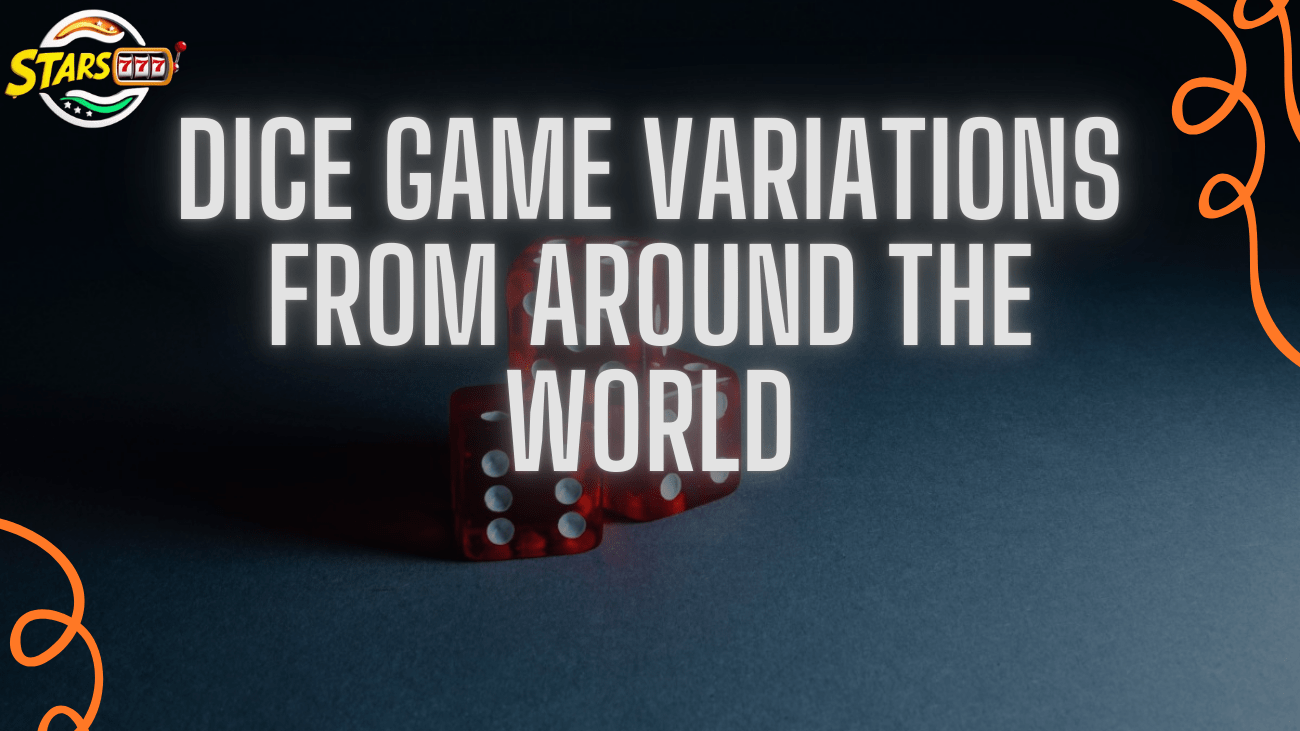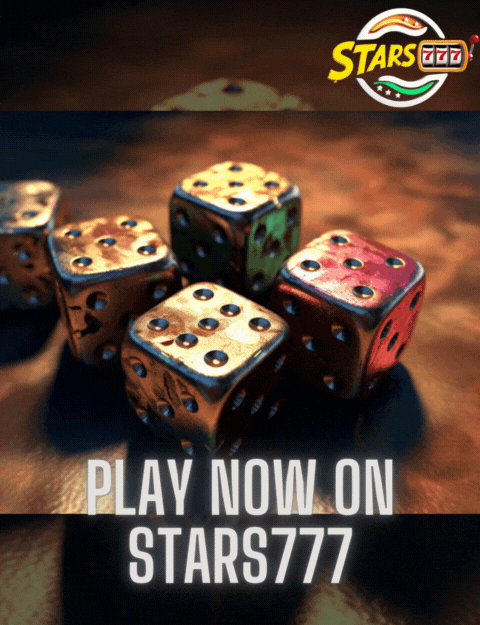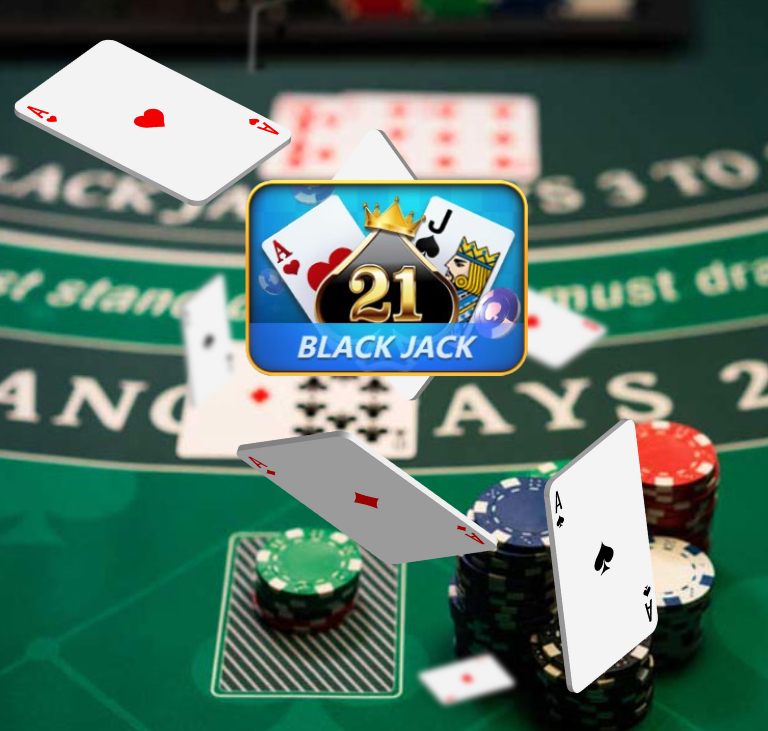Dice Game Variations from Around the World
Dice games are some of the oldest forms of entertainment, dating back thousands of years. Found in cultures all around the world, dice games vary in rules, playstyles, and even cultural significance. Whether played in casual settings, as part of religious ceremonies, or in modern casinos, dice games remain a universal pastime. This blog will take you on a journey through some of the most popular dice game variations from different regions, highlighting their unique qualities and importance.
The Origins of Dice Games
The origin of dice games can be traced back to ancient civilizations, where dice were carved from bones, stones, and ivory. Archaeologists have discovered dice in ancient Egyptian tombs, Mesopotamian ruins, and even in Native American sites, suggesting that the love of chance and strategy was widespread across cultures. The earliest known dice date back to 3000 BC in modern-day Iran.
With the passing of time, dice became more refined, leading to the development of various games that we know and love today. Here’s a look at how different cultures have created their own distinct dice games.
1. Hazard (United Kingdom)
Hazard is one of the oldest known dice games, originating in England during the Middle Ages. It was especially popular during the 17th and 18th centuries and is regarded as a precursor to the modern game of craps. In hazard, two dice are used, and players must roll a number called the “main,” which can be any number between 5 and 9.
The player then rolls the dice to hit their “main” number again before hitting a “crap” number, which typically includes 2 or 3. Hazard has a complex structure and multiple betting possibilities, making it both strategic and exciting. Though no longer widely played today, its legacy continues through its descendant, craps, which is still played in casinos around the world.
2. Craps (United States)
Craps is one of the most famous dice games worldwide, and its roots are linked to hazard, which traveled from Europe to America during colonial times. In craps, players roll two six-sided dice, and the goal is to predict the outcome of the roll. The initial roll, called the “come-out roll,” determines the direction of the game. If the player rolls a 7 or 11, they win, while rolling a 2, 3, or 12 results in a loss. Other outcomes set a “point,” which the player must roll again before rolling a 7 to win.
Craps is often associated with fast-paced action in casinos and is enjoyed for its social aspect, with multiple players often involved in each round of betting.
3. Sic Bo (China)
Sic Bo, meaning “dice pair” in Chinese, is a traditional dice game that has been played for centuries in China. The game involves three dice, and players place bets on the possible combinations and outcomes of the roll. The dice are shaken in a special container, and the result is revealed after the players have placed their wagers.
Sic Bo offers a variety of betting options, from predicting the total sum of the dice to betting on specific number combinations or triples. The game has gained popularity in Western casinos, especially in regions like Macau, and is known for its simple yet thrilling gameplay.
4. Bunco (Italy/United States)
Bunco is a social dice game that originated in Italy in the 18th century but gained significant popularity in the United States during the early 1900s. It is a casual game played in groups, usually consisting of 12 or more players divided into teams. Bunco requires three dice and is played in rounds, where the goal is to roll a certain number that matches the round number (e.g., rolling threes in the third round).
Bunco is beloved for its simple rules and the lively social environment it creates. It is often played in community gatherings, parties, and charity events. Bunco nights have become a popular tradition in many American households.
5. Perudo (Peru)
Perudo, also known as Liar’s Dice, is a South American dice game that is believed to have originated in Peru. In Perudo, each player begins with five dice and a cup to hide their rolls. Players must bid on the number of dice that show a certain face value across all players’ dice, but without revealing their dice to others. The goal is to outbid or challenge opponents on their bids without being caught bluffing.
The game requires both deception and strategy, making it a psychological battle between players. It has been featured in popular culture, most notably in the “Pirates of the Caribbean” movies, and has become a staple game in various parts of the world.
6. Klondike (Russia/United States)
Klondike is a dice game that originated during the Klondike Gold Rush and became popular in both Russia and the United States. The game is played with five dice, and the objective is to roll specific combinations similar to those found in poker, such as three-of-a-kind, full houses, or straights.
Each player has three rolls per turn, and after each roll, they can set aside dice to try to complete specific combinations. The game shares some similarities with the popular dice game Yahtzee, though Klondike tends to have a more strategic element due to its poker-like scoring.
7. Chuck-a-Luck (United Kingdom/United States)
Chuck-a-Luck, also known as birdcage, is a dice game that has its roots in medieval England. It is played with three dice and a special wire cage that resembles a birdcage, which is spun to shuffle the dice. Players place bets on the numbers that will appear on the dice after the spin.
Though once popular in English taverns, Chuck-a-Luck made its way to the United States and became a staple of fairgrounds and small-time gambling events. The game is easy to learn and provides an element of chance that players enjoy.
8. Pig (United States)
Pig is a simple, family-friendly dice game that originated in the United States. It is played with a single die, and the objective is to be the first player to reach a set number of points, usually 100. Players take turns rolling the die, adding the roll’s value to their score. However, if a player rolls a 1, they lose all points accumulated during that turn, and the next player gets their turn.

Pig is a quick game that relies on luck and risk management. Players must decide whether to keep rolling to accumulate points or stop and bank their score before risking a 1. It is commonly played as a casual, fun game for both children and adults.
9. Mexico (Mexico)
Mexico is a fast-paced dice game that is commonly played in bars and parties. It involves two dice and is a bluffing game, similar to Liar’s Dice. The goal is to roll a higher combination than the previous player, but players can bluff about their roll. Each player has the option to challenge the previous player’s roll, and if the challenge is correct, the previous player loses a life.
Players start with a set number of lives, and the last player standing wins. Mexico is simple but thrilling, requiring players to strategize when to bluff and when to challenge others.
10. Cho-han (Japan)
Cho-han is a traditional Japanese dice game often seen in period dramas and festivals. The game is played with two dice, and players bet on whether the sum of the dice will be even (cho) or odd (han). A dealer rolls the dice, often in a cup or bowl, and then reveals the outcome.
Cho-han is straightforward and relies entirely on luck, making it an enjoyable game for casual gamblers. It has historical ties to Japanese gambling culture and continues to be played in informal settings today.
Conclusion
Dice games are a testament to the universality of gaming and the love of chance-based challenges. From the strategic and complex games like Perudo and Hazard to the simple and social games like Bunco and Pig, dice games have adapted to different cultures while retaining their fundamental appeal. Whether you’re rolling dice in a high-stakes casino or enjoying a casual game with friends, the thrill of the roll connects people across the globe, making dice games a truly timeless form of entertainment.
- Stars777 – Download and Install the app to play casino games with free starting bonuses and get the chance become billionaire someday!
- Stars777 Privacy Policy — Understand how Stars777 collects, uses, and protects your personal information when you use their platform.
- Stars777 Terms of Service and Guidelines — Learn about the rules and conditions you agree to when accessing and using Stars777’s online casino services.










